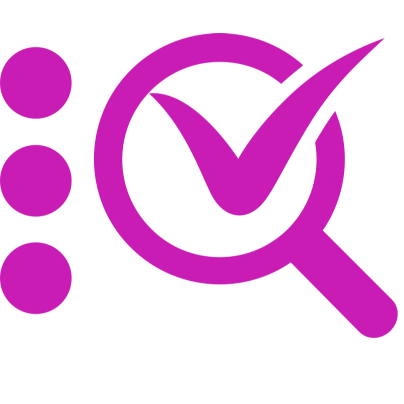Submission Types
1 Original Research
Manuscripts should be between 4,500 and 8,000 words (including references, tables, figures). The following sections are essential.
Introduction
Provide the objectives and adequate theoretical and empirical background of the work. The section concludes with specific research questions and hypotheses.
Method
Detailed information on the participants, research design, materials, variables, procedure, and analysis is provided. This section should provide enough information to allow other researchers to replicate the reported work.
Results
Reported results should be concise and linked to the research questions and hypotheses.
Discussion and Conclusion
Explore the significance of the results and possible limitations of the work as well as suggest practical implications. The main conclusions of the work highlight the reported work and provide perspectives for future work.
References
Citations in the text shall follow the referencing style used by APA 6th ed. The reference list shall be arranged first alphabetically and further chronologically if necessary - see APA 6th ed.
2 Work in Progress Study
Work-in-progress studies provide early insights into leading projects or document progressions of excellent research within the field. Manuscripts should be between 4,500 and 8,000 words (including references, tables, figures). The following sections are essential.
Introduction
Provide the objectives and adequate theoretical and empirical background of the work. The section concludes with specific research questions and hypotheses.
Method
Detailed information on the participants, research design, materials, variables, procedure, and analysis is provided. This section should provide enough information to allow other researchers to replicate the reported work.
Results
Reported results should be concise and linked to the research questions and hypotheses.
Discussion and Conclusion
Explore the significance of the results and possible limitations of the work as well as suggest practical implications. The main conclusions of the work highlight the reported work and provide perspectives for future work.
References
Citations in the text shall follow the referencing style used by APA 6th ed. The reference list shall be arranged first alphabetically and further chronologically if necessary - see APA 6th ed.
3 Integrative Review
Integrative reviews provide and overview and synthesize relevant literature within the field of digital learning, gamification, automated assessment, or learning analytics. Manuscripts should be between 4,000 and 7,000 words (including references, tables, figures). The following five sections are essential.
Introduction
Provide the objectives of the work and a general presentation of the topic to be covered. The section concludes with specific research.
Body
Sources of the integrative review shall be presented using an adequate method, such as chronological (organized around a specific timeline), publication type (grouped by sources of research evidence), trends (identify different streams of the research over time), thematic (organized around topics or ideas), or methodological (grouped by research studies or projects). This section shall draw on current issues and historical or related ideas that have influenced the development of the work presented.
Implications for Future Research
Explore the significance of the integrative review and possible limitations as well as suggest perspectives for future work.
References
Citations in the text shall follow the referencing style used by APA 6th ed. The reference list shall be arranged first alphabetically and further chronologically if necessary - see APA 6th ed.
4 Emerging Technology Report
Emerging technology reports review new developments. Manuscripts are limited to 2,000 words (including references). The following sections are essential.
Introduction and Description of the Emerging Technology
The first section of the Emerging Technology Report describes the emerging technology in rich detail.
Relevance for Learning, Instruction, and Assessment
How does the described emerging technology contribute to learning, instruction, and assessment? In which domains and which levels of education can the emerging technology be implemented?
Emerging Technology in Practice
This section includes references to projects that adopt the emerging technology. References to publications and websites are essential.
Significant Challenges and Conclusions
What are the key challenges related to learning, teaching, and assessment? This section concludes with final critical remarks towards future developments and adoption of the emerging technology.
